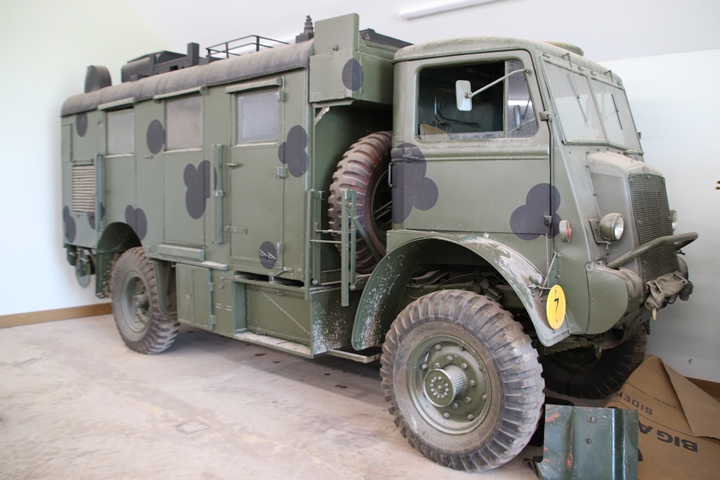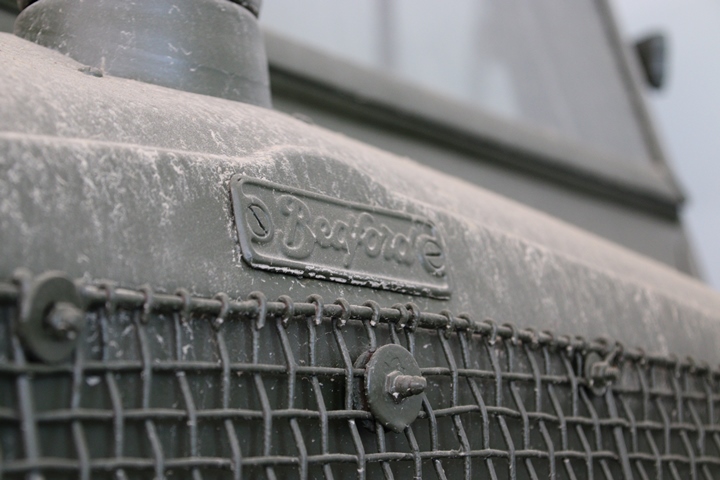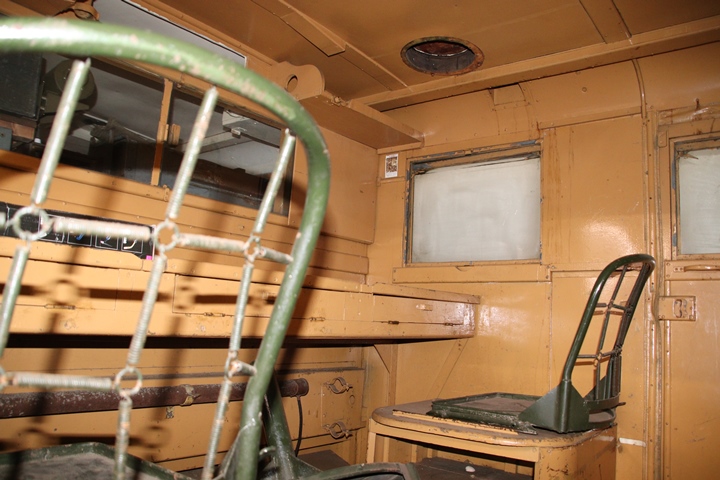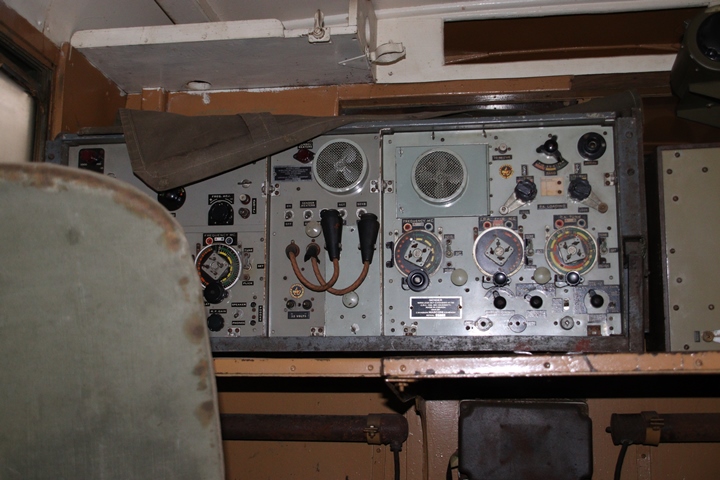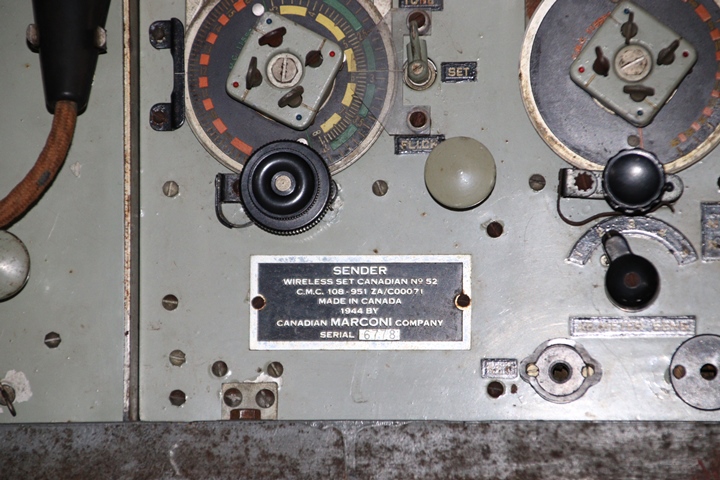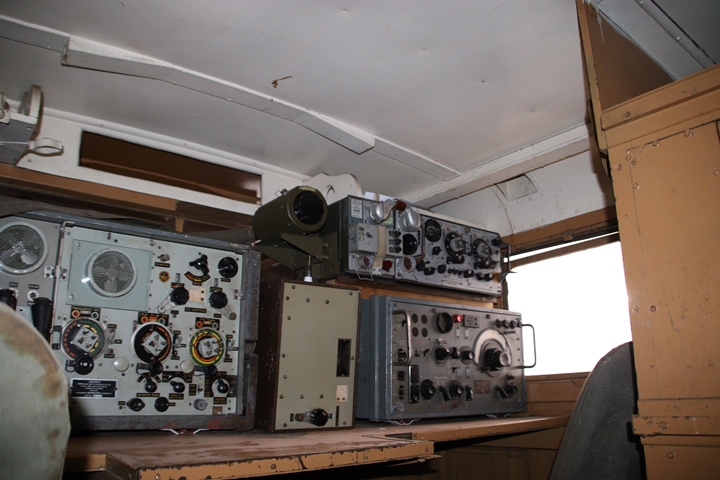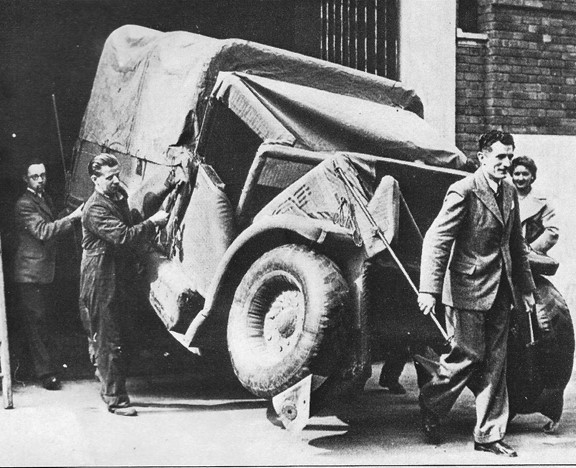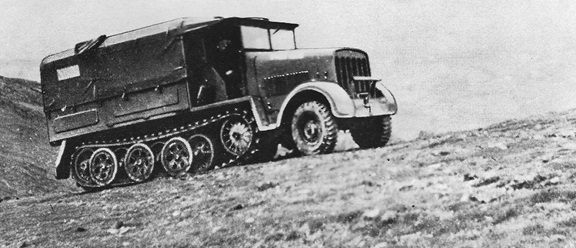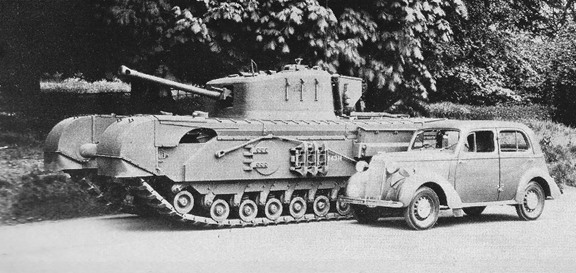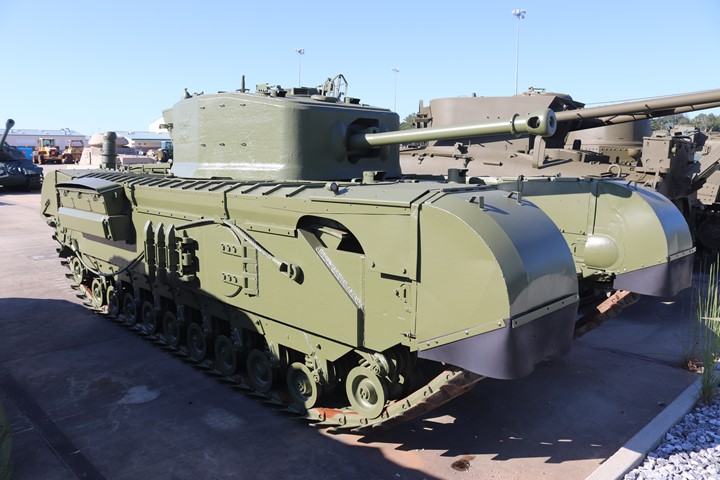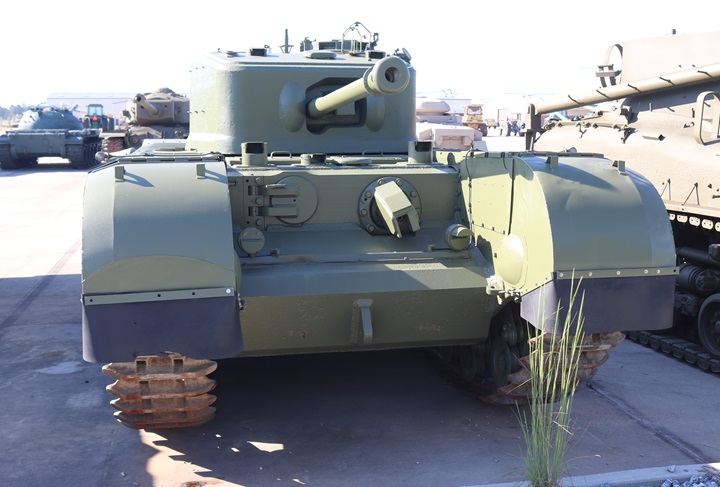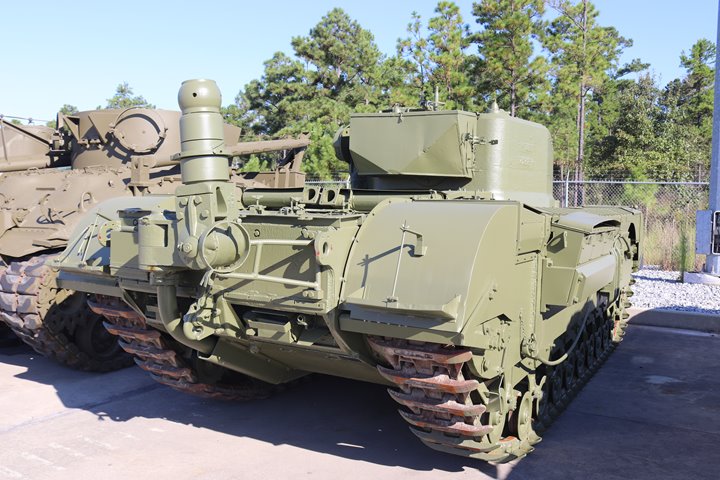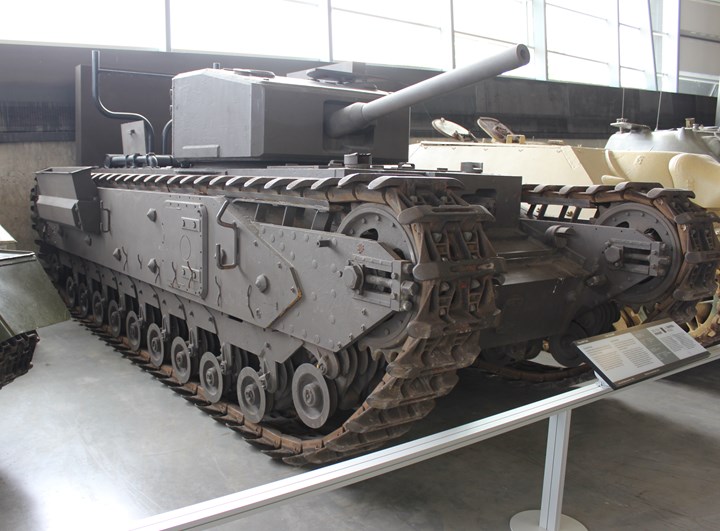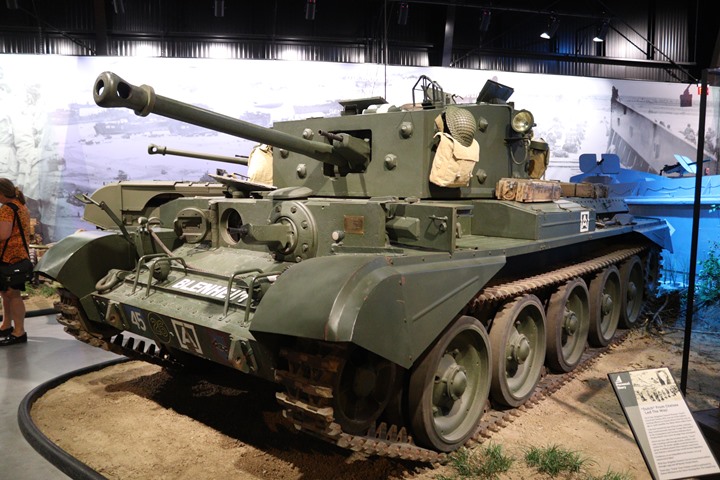|
Vauxhall
Motors Subsidiary of General Motors Corporation During World War Two Vauxhall Iron Works was formed in 1857 by Alexander Wilson to produce pumps and marine engines. In 1903 it began the manufacture of automobiles. It was purchased in 1925 by General Motors, which owned it for 92 years before selling it to Groupe PSA in 2017. In 1930 the Bedford Subsidiary of Vauxhall Motors was created to produce trucks. The Vauxhall Luton factory was bombed twice during World War Two, of which the one on August 30, 1940, was the worst. Thirty-nine employees were killed in that attack. Full production was restored within several days. Vauxhall Motors World War Two Products: Churchill A22 Infantry Tank - A portion 5,640 Churchill Tanks with 2,000 spare engines. After the loss of most of its equipment at Dunkirk in May-June 1940, the British Army only had 100 tanks remaining. Vauxhall was given the task of designing and producing the A22 within a year. The pilot model was ready by November 1940, and the first fourteen production models came off the assembly line in June 1941. Production of the Churchill A22 was shared between Vauxhall and ten other companies. Vauxhall produced the majority of the parts which were then assembled by Vauxhall and the other companies under Vauxhall's guidance. It is unknown the number of actual A22s produced by Vauxhall or the other companies. Other: 5 million sheet metal sides for jerry cans, four million rocket venturi tubes, 6-pounder armor piercing shells, and 750,000 steel helmets. Vauxhall was instrumental in building the first 12 jet engines built in Britain. The Luton factory did 95% of the work on these first 12 engines. Vauxhall also designed inflatable decoy trucks and string and canvas decoy aircraft. It also made tooling for the Hercules aircraft engine, and assisted in the development of the Mosquito, Lancaster, and Halifax aircraft. The GM subsidiary on mines, torpedoes, radiolocation equipment and bombs. Bedford Subsidiary World War Two Production Statistics: 5,995 MW 1-1/2-ton 4x2 trucks, 52,247 QL 3-ton 4x4 lorries, 73,385 OY 3-ton 4x4 lorries, and 24,429 OX 3-ton 4x4 lorries Note: The British army designated 1-1/2 ton vehicles as trucks, and any over that size were considered lorries.
|
